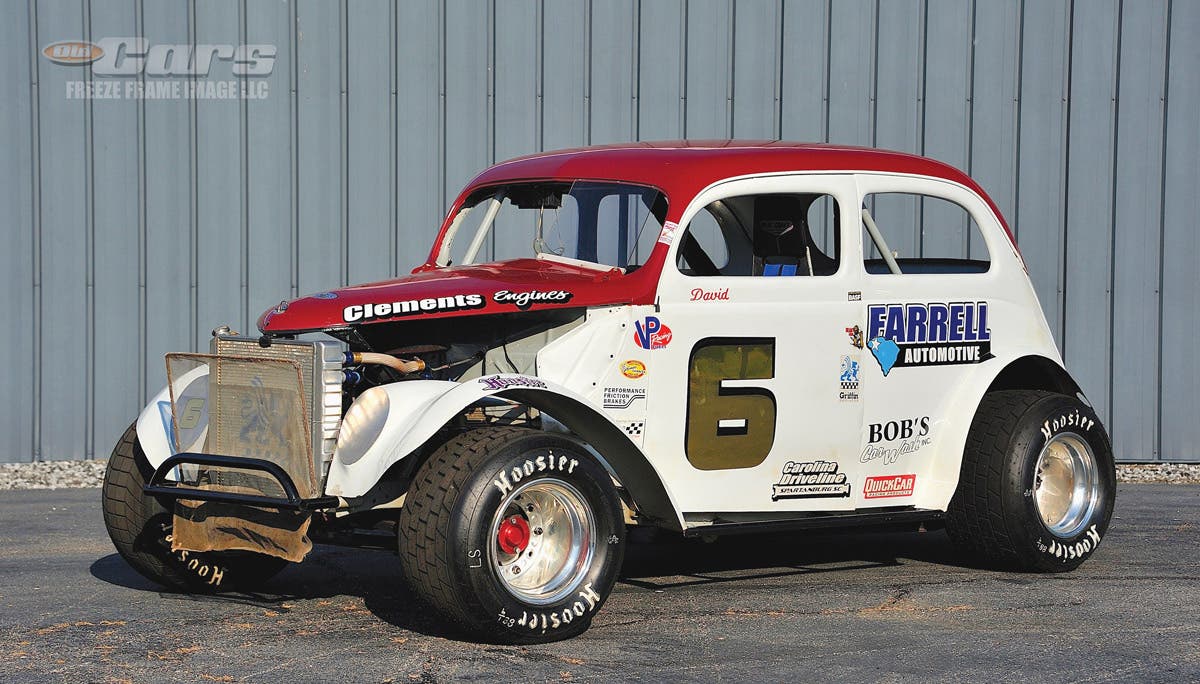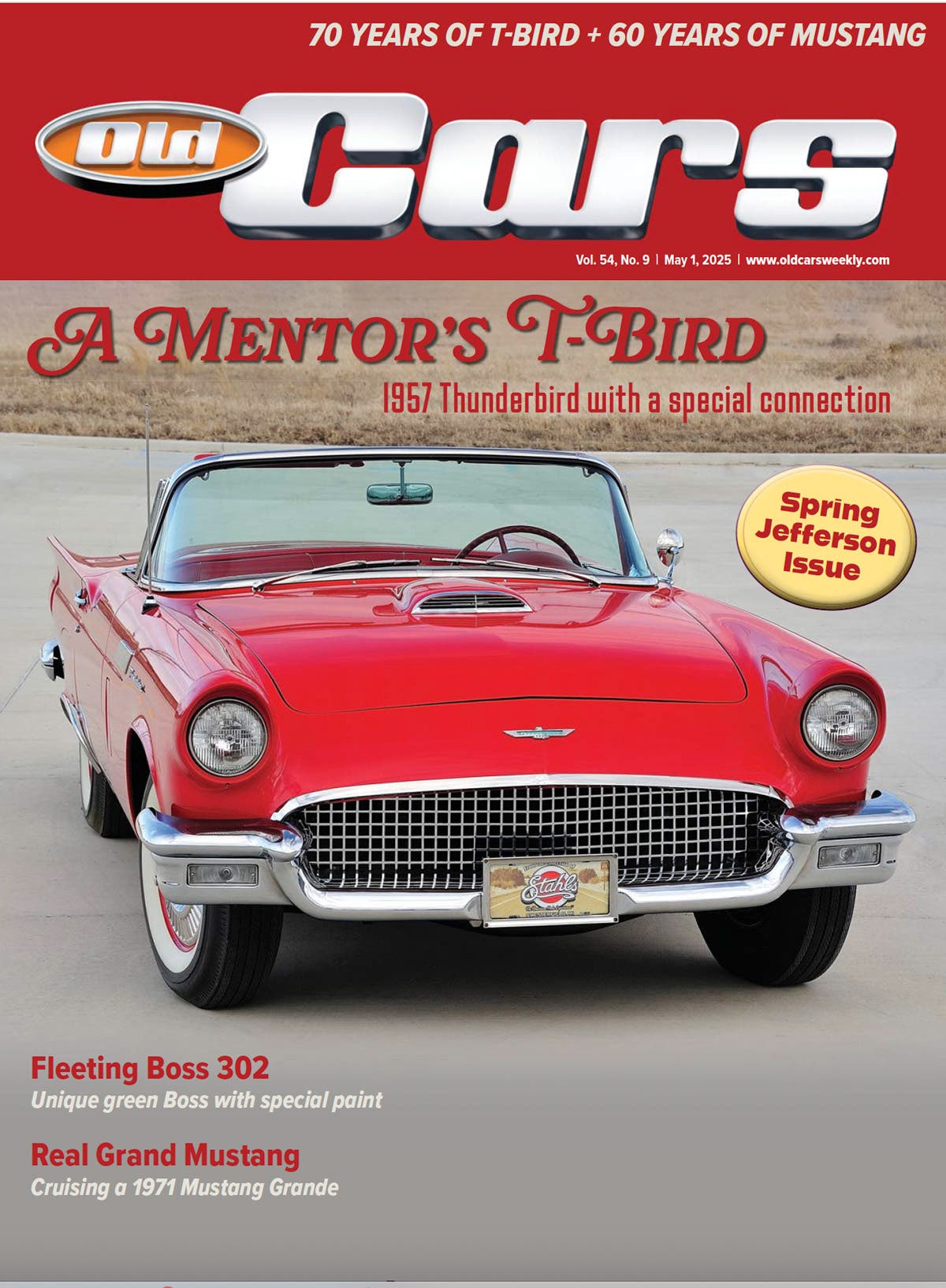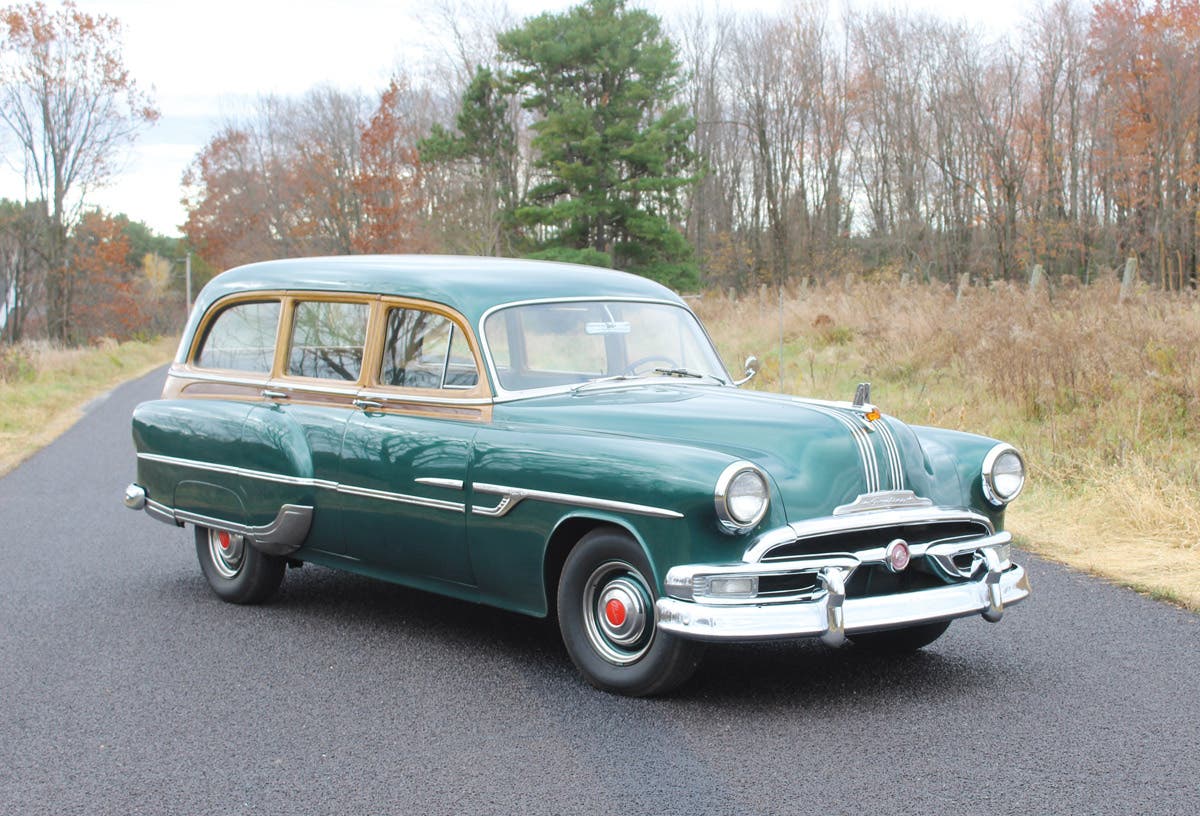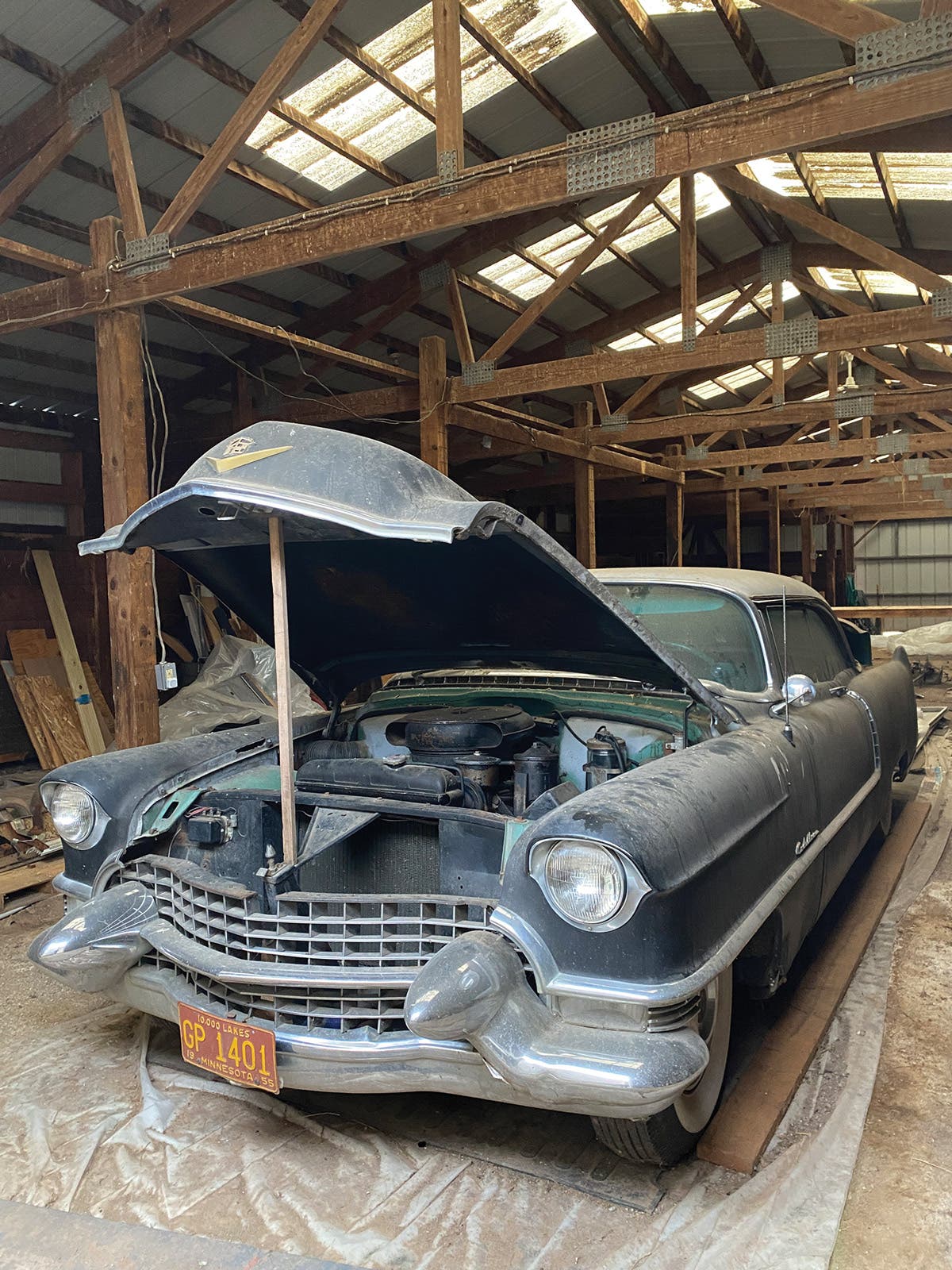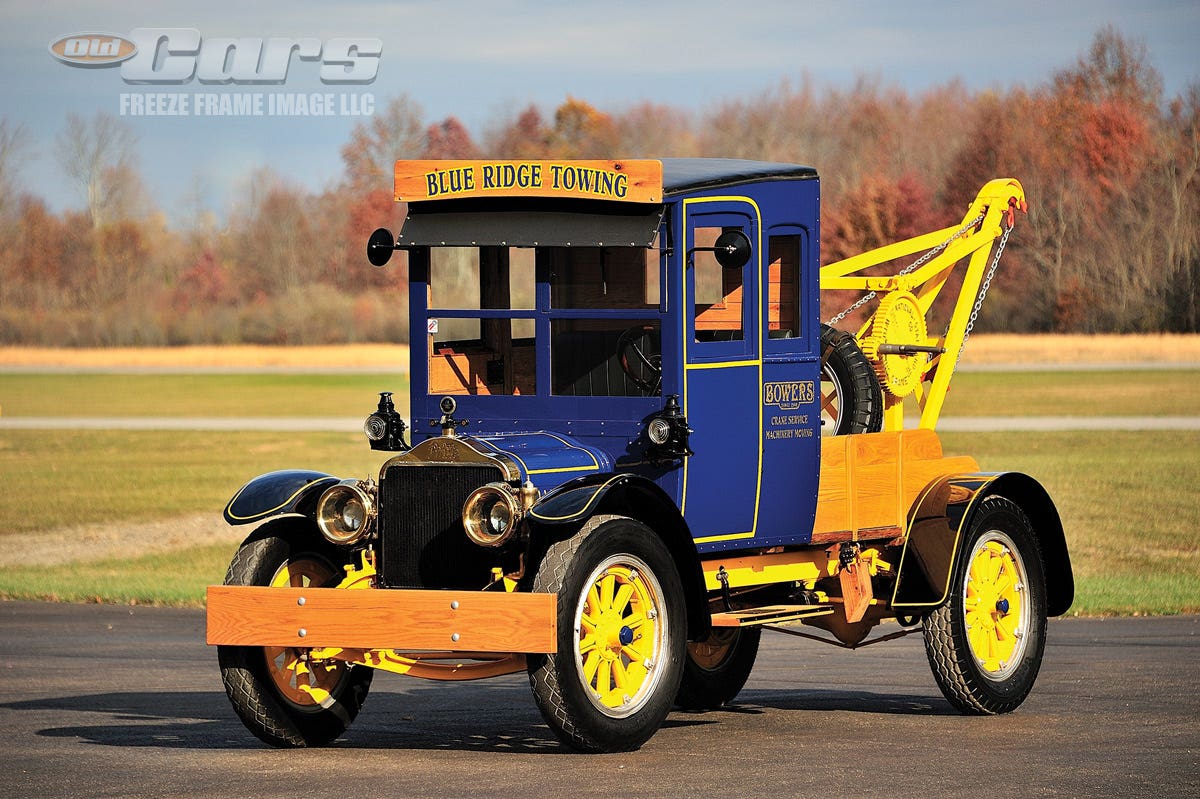Packard’s ‘Ask the Man Who Owns One’ origins
How an advertising slogan became Packard’s mantra going forward.
It wasn’t the first car motto, but it certainly was among the most memorable: “Ask the Man Who Owns One” went beyond a seasonal sales campaign. It eased into slogan status, then became the absolute motto of the Packard Motor Car Co. Its longevity is still upheld by Packard collectors who proudly flash the “all Packard” phrase in signage and bounce it around in conversations with friend and visitor.
It took the status of motto due to the gruffness of Alexander Winton of Cleveland, a man known for his short Scottish fuse of impatience. Amid his pre-1900 experiments in making a reliable car bearing his name, he was bothered in his mechanical work one day as James Ward Packard drove his self-repaired Winton from Warren, Ohio, to explain his improvements on a car that proved cantankerous. Mr. Winton was interrupted and cast aside the news with disdain that the younger Ward should build his own car, if he knew so much.
Practically anyone today who is having work done on their vehicle (new or old) realizes it’s unwise to interrupt a mechanic mid-repair. So let’s chalk the Packard-Winton encounter to little more than bad timing and zealousness. But the results would resound thereafter.
At that early time, Mr. Winton had only two men who owned Winton cars within about a 50-mile distance from his shop. Several more of his cars had been sold, but were distanced farther. So the only two owners he could have more easily listened to were a man in Cleveland and Ward Packard in Warren. Sad to say, he failed to ASK the latter how the repair was made. In effect, he failed to ask the man who was an owner. Ward Packard took that nugget to heart.
Ownership of an automobile, especially in that bygone age, was a sign of success. Since there were practically no repair shops outside of tinkering by a blacksmith here and there, ownership also meant becoming familiar with the newfangled, self-propelled road vehicle — and engaging special “perfections” (today we would call those “repairs”) to get it going as was intended.
What resulted in 1900 was the mighty push by Ward Packard and brother William Doud Packard (as promoter and office coordinator) to launch the first year of production for Packard, late 1899 having been the introductory date foreshadowing that soon-to-come production. In those days, to make a dozen or more cars gained the brag that you were in full production. So it was with the Packard brand.
Priced slightly higher than the Winton, the Packard was not meant to be a car for the masses. Neither was it intended to break down as had the old Winton (a problem which its namesake corrected and then went on to enjoy success with a string of profitable production years into the mid 1920s). One thing Ward Packard had learned from the fabled encounter with Mr. Winton was the importance of listening to the owner of a car — and taking his words to heart.
So when a request came to the Packard front office for a catalog (and none were on hand at the time), Ward instructed his secretary to tell the person, “Ask the man who owns one.” Thus, a legend was born and a brand was graced with its driving force.
Indeed, that’s what it was. The Packard brand went higher and higher in levels of fame. It achieved high marks in performance competitions. It rose in status to become the first luxury car ever to achieve monumental production levels, and thus set a new standard for competitors. It became the brand which hopefuls watched in order to gain their portions in the luxury car market. There were other brands of honorable note that were in the category of greats. And most, if not all, kept close watch of Packard to learn. The “Ask the Man...” motto was at times applied to women, too, with the same meaning: let a pleased owner tell you the truth. Had Mr. Winton heeded Packard and done just that, history may have made a quite different turn.
By the way, the only other early Winton owner who lived near its inventor was George Weiss, who quickly became an ally of Winton. Evidence exists that his car also had its difficulties in operation. Yet, he gained the ear of Mr. Winton on making repairs and soon became one of his earliest promoters. It was Weiss who introduced each Packard brother to a ride in a Winton. And it was Weiss who very quickly learned of the genuineness of embodied goodness and reliability put into each early Packard. Having been eventually converted, Weiss later pledged his allegiance to Packard automobiles and was a pioneer influence in the brand’s early days — Mr. Winton be switched!
If you like stories like these and other classic car features, check out Old Cars magazine. CLICK HERE to subscribe.
Want a taste of Old Cars magazine first? Sign up for our weekly e-newsletter and get a FREE complimentary digital issue download of our print magazine.
*As an Amazon Associate, Old Cars earns from qualifying purchases.



